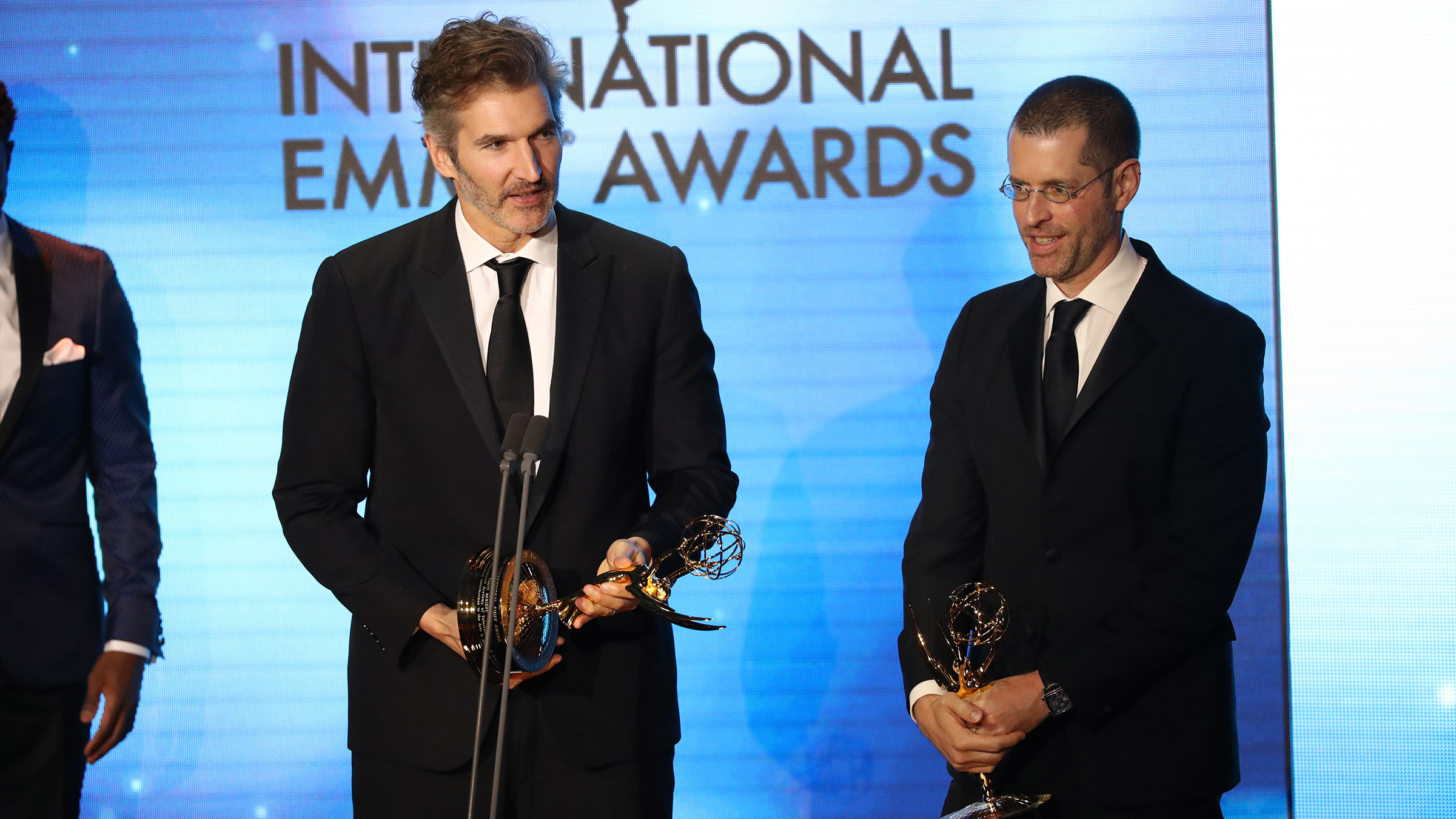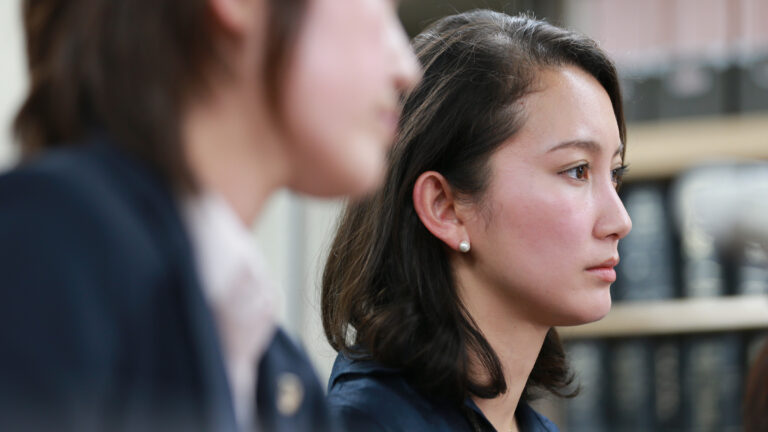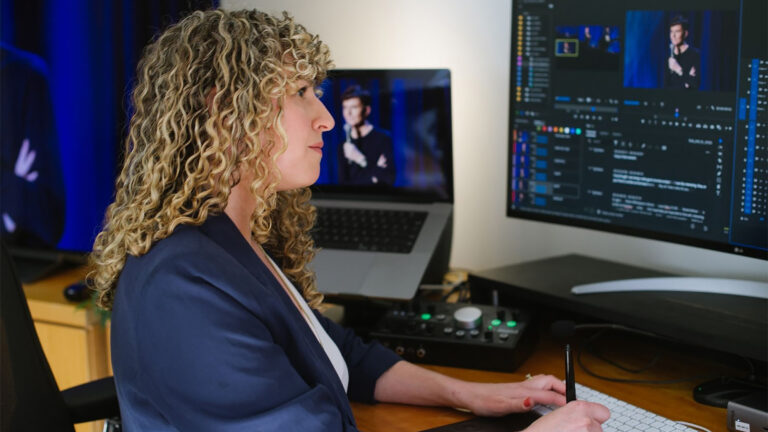Since the start of COVID, a lot has changed across our industry. But among the things that haven’t is that both the Primetime and International Emmy shows will go on. At a time when quality small-screen content is even more in demand, recognition of the many creators involved is perhaps even more meaningful.
But, obviously, the way in which the International Emmys are judged has had to be adapted to accommodate the new normal. And we were lucky enough to be able to help the International Academy of Television Arts & Sciences find a way to keep the process moving forward through Frame.io.
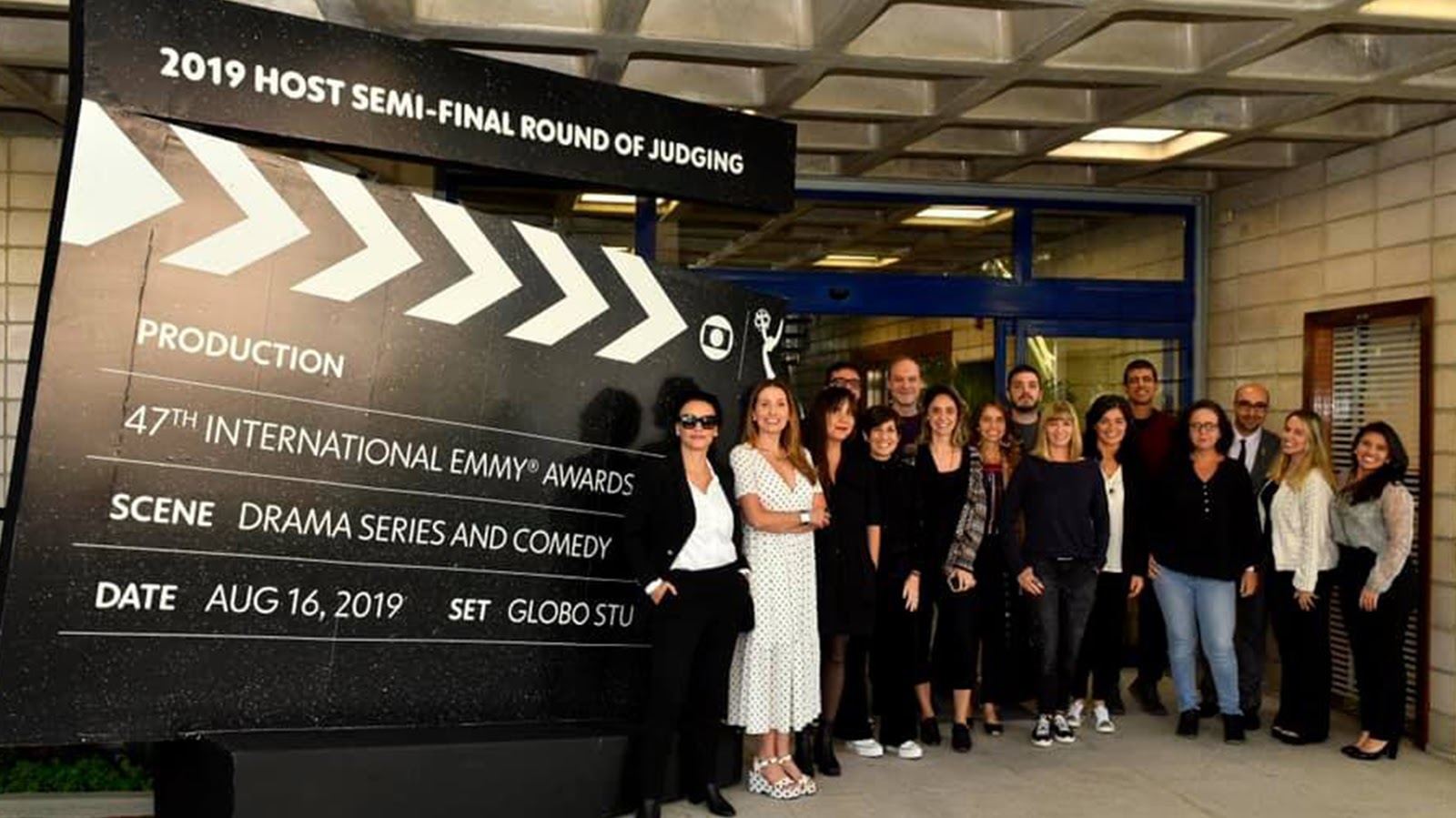
In this installment of Made in Frame, we take a look behind the scenes to see how the International Academy was able to navigate through a global pandemic to curate a global competition through the semifinal rounds of judging across 20 countries remotely. Spoiler alert: it worked out great.
The world is watching
Nathaniel Brendel, Senior Director, Emmy Judging, stepped us through their process as it existed until this year. “We have three rounds of judging every year,” he says.
“The preliminary and final rounds have been done online previously. But the semifinal round was always special. It’s the nominating round, and we’ve always done that as a live event with Academy members in host countries around the world.”
The industry luminaries serving as judges comprise high-level executives and creatives from their respective disciplines (e.g. kid’s show creators judge kid’s shows; news pros judge news shows), who gather together in a physical location to spend a full day (or even more) watching the programs in their categories together.
These events also provide a time when people across the industry, who may not regularly see one another, have an opportunity to reconnect personally and network professionally. Being a judge for a prestigious award like this is an honor, and while the sessions are business, there’s always a good dose of fun mixed in.
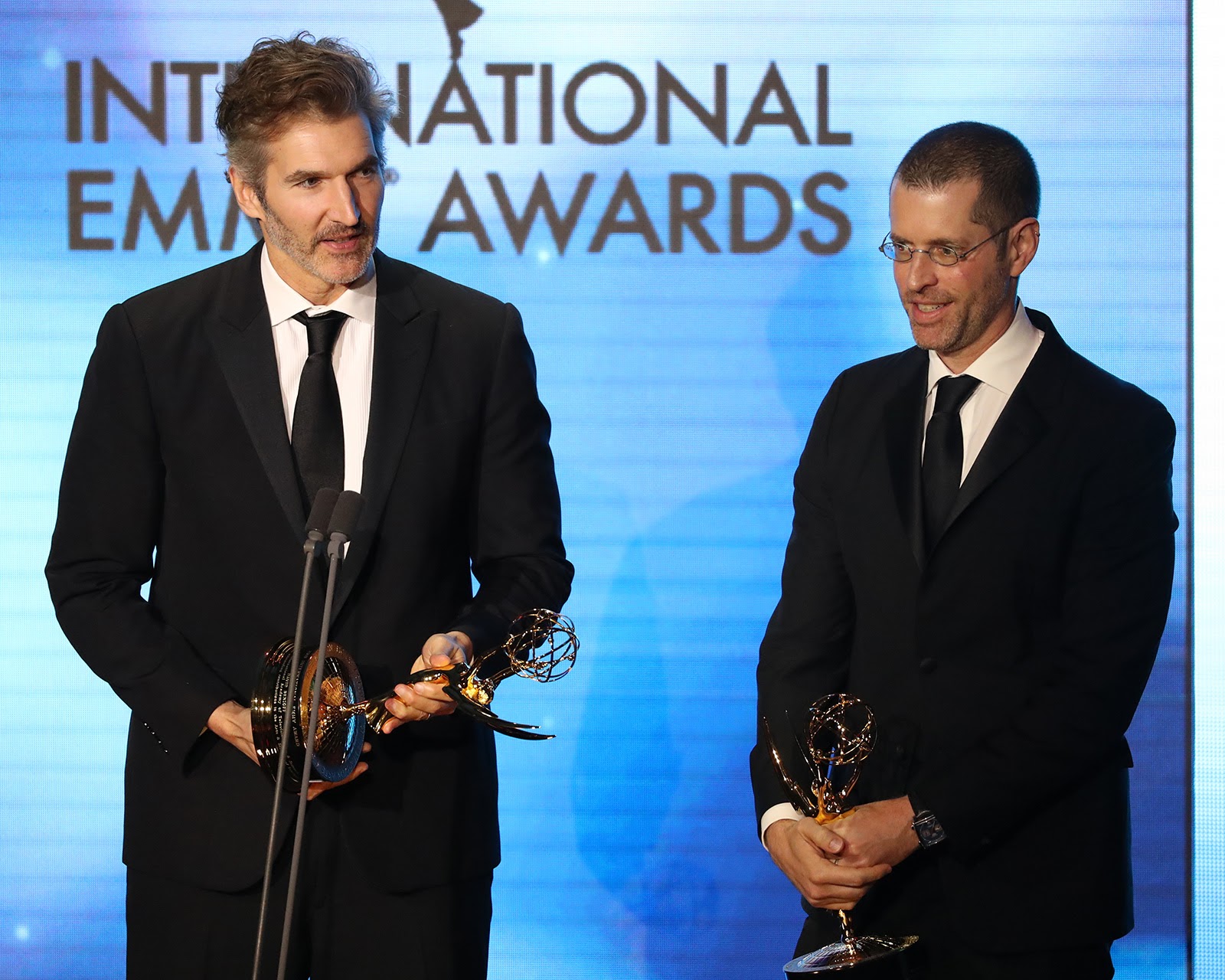
The semifinal rounds take place over the course of three months (from July through September), across all continents—with the exception of Antarctica.
“It’s the absolute entire world,” Nathaniel says. With over a thousand individual submissions and an equal number of judges globally, centralizing the process through the Frame.io platform is what made it possible for them to replicate the judging process remotely.
Until they arrive at the screening session, the judges have no idea what programs they’ll watch. And once they’ve watched the shows, it’s important that what they’ve viewed remains confidential. It’s part of why security was a key concern for the Academy—no one should have an idea about which shows have made it to the final round until the nominations are announced in late September.
They were looking for a way for a lot of people to upload privately and not see each other’s content or votes.
A proof of concept
Introduced to Frame.io’s Global Sales Director, Lee Turvey, through Jordan Stein (a mutual contact who was aware of the Academy’s needs), Lee looped in Frame.io Senior Manager of Platform Solutions, Max Baehr, and Senior Workflow Architect Clayton Dutton.
“They were looking for a way for a lot of people to upload privately and not see each other’s content or votes,” Clayton says. “They needed a way to capture multiple submissions and then to privately invite judges to look at only the content they were supposed to see.”
It’s a somewhat atypical application for Frame.io, which is more commonly used to facilitate semi-synchronous collaboration during the editorial and post-production process. But it was a great opportunity to explore other ways of using Frame.io, and the team got creative about the new workflow.
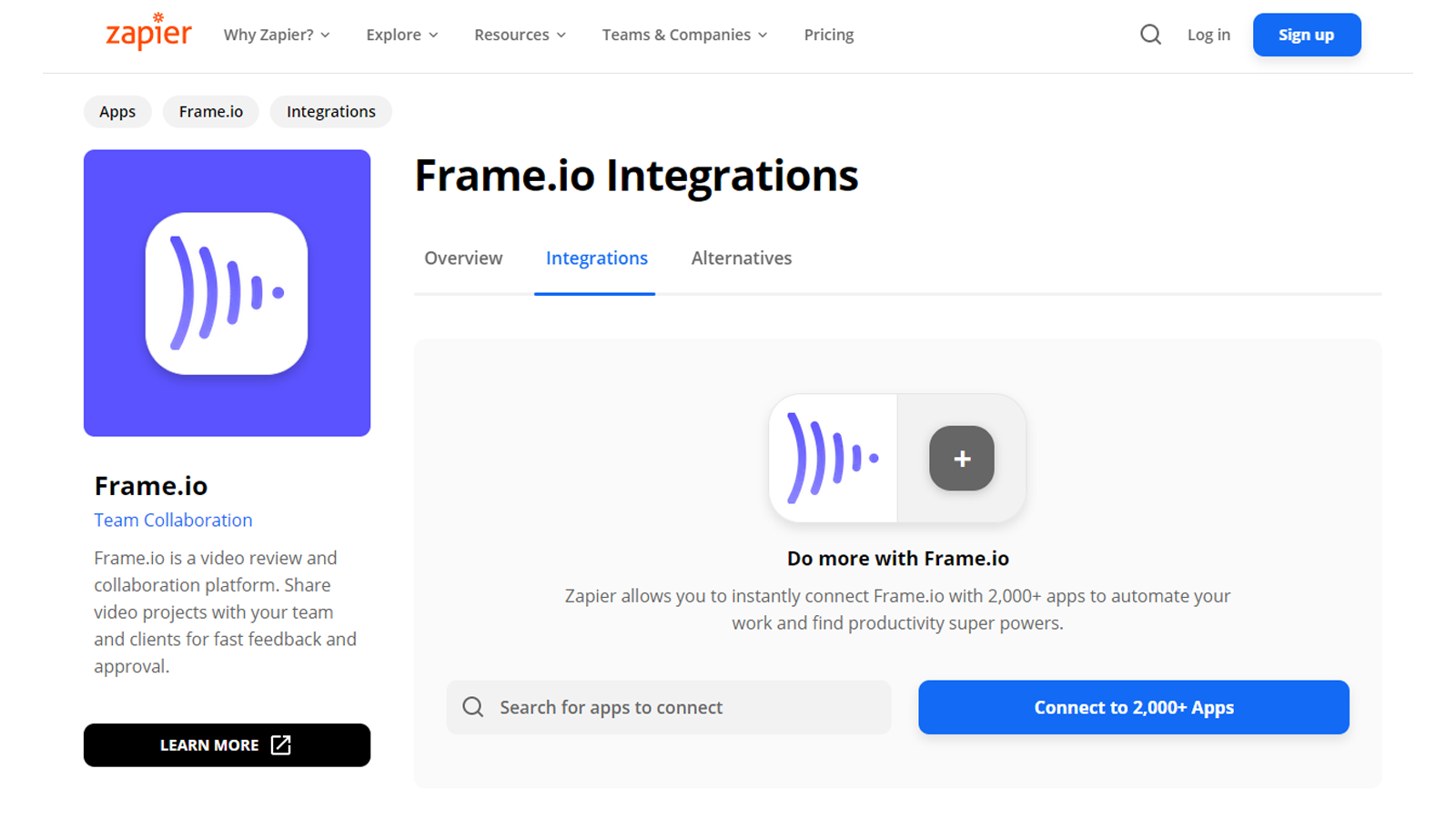
With the knowledge that the Academy team needed a uniquely siloed workflow, and would be more comfortable working in a project management interface than in the Frame.io interface, Max decided to use a combination of the Frame.io API and Zapier to create a spreadsheet/database in Airtable that linked to Frame.io. Given the opportunity to automate processes, he created a sleek, proof-of-concept solution in short order. “I gave him the high-level requirements,” Clayton says, “and then he went into the mad scientist lab and came up with a pretty astounding workflow.”
The workflow Max devised was created for a perfect-world scenario in which there would have been time enough to fully implement it.
It involved automating the process of registering entrants with private Frame.io projects into which they could upload submissions content. Once loaded, the link to the content populated a master Airtable spreadsheet, which also included fields for the title, the category, and a brief description. Judges could then be entered into the Airtable and “assigned” by the Academy team to various categories. This triggers another automation that presents each judge with a customized, private Frame.io project containing their personalized submissions for review.
Max even created a custom scoring workflow using Frame.io Custom Actions, so that after viewing the show, a judge could trigger and fill a custom scorecard, and the scores would automatically populate back into the Airtable.
Frame.io is known for its fluid design and intuitive UI, but under the hood it’s also a workhorse.
Obviously, with the judging season rapidly approaching, the Academy wouldn’t be able to execute the full implementation. But even without all the fancy automation, Frame.io was able to solve the Academy’s need for a secure way to judge programs remotely.
“Frame.io is known for its fluid design and intuitive UI,” Clayton says, “but under the hood it’s also a workhorse. It opened my workflow architect’s mind to a new way of looking at Frame.io and how it can also be used as a MAM. If you take the specificity out of using Frame.io as a creative tool and examine it more holistically, you can apply this kind of operating system for everything from creation through delivery.
It was a worthwhile proof of concept that could be used by the Academy in the future—or by other organizations with similar needs.”
A brand(ed) new experience
What the Academy actually ended up doing for this round was to have the judges for each category get together on a group Zoom call from wherever they were and whatever time zone they were in.
Nathaniel supplied them with Frame.io presentation links to the shows in the Zoom chat, which they watched together from the Frame.io platform. Once the content had been viewed, the links were disabled to ensure security.
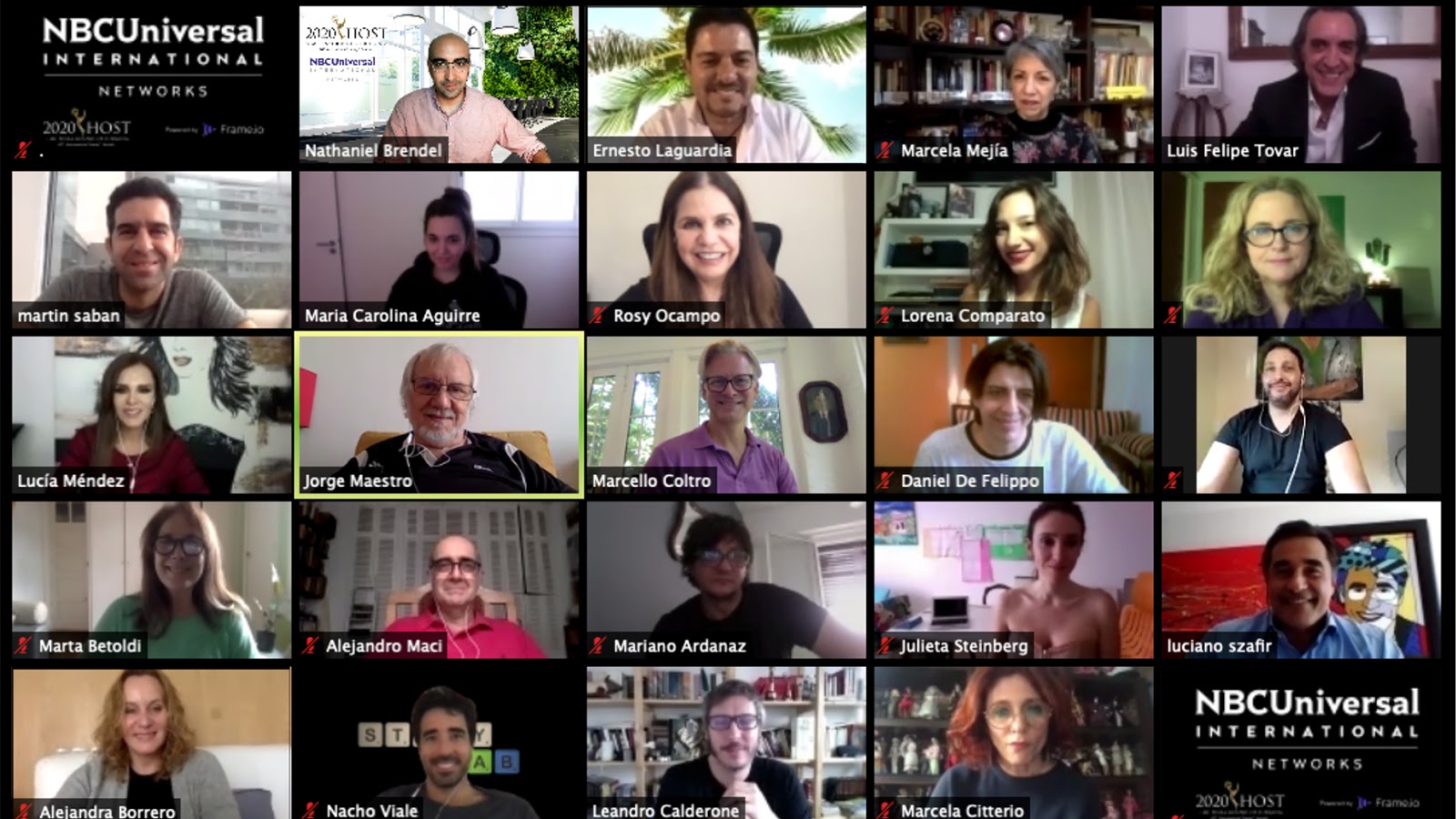
Zoom gave the Academy the ability to brand the judging experience, both with their own Zoom background and also with each country’s member host’s branding.
“We wanted to be able to thank each country’s host for their support and to make sure that the juries immediately felt that they were attending an official Academy event,” Nathaniel says. “Also, because we gave the judges Frame.io presentation links, we were able to brand them with Emmy statues and logos. It’s a good reminder that they’re watching something for judging purposes.”
But although watching together remotely is a different experience from watching together in the same room, Nathaniel reports that it was a positive experience for all the individuals involved—especially given that most sessions lasted approximately seven hours.
“I was on the Zoom calls and could see the reactions, and the process went extremely smoothly,” he says. “Thanks to the Frame.io platform, the quality of the video was very high and they had a comfortable streaming experience, just as if they were watching something at home for entertainment.”
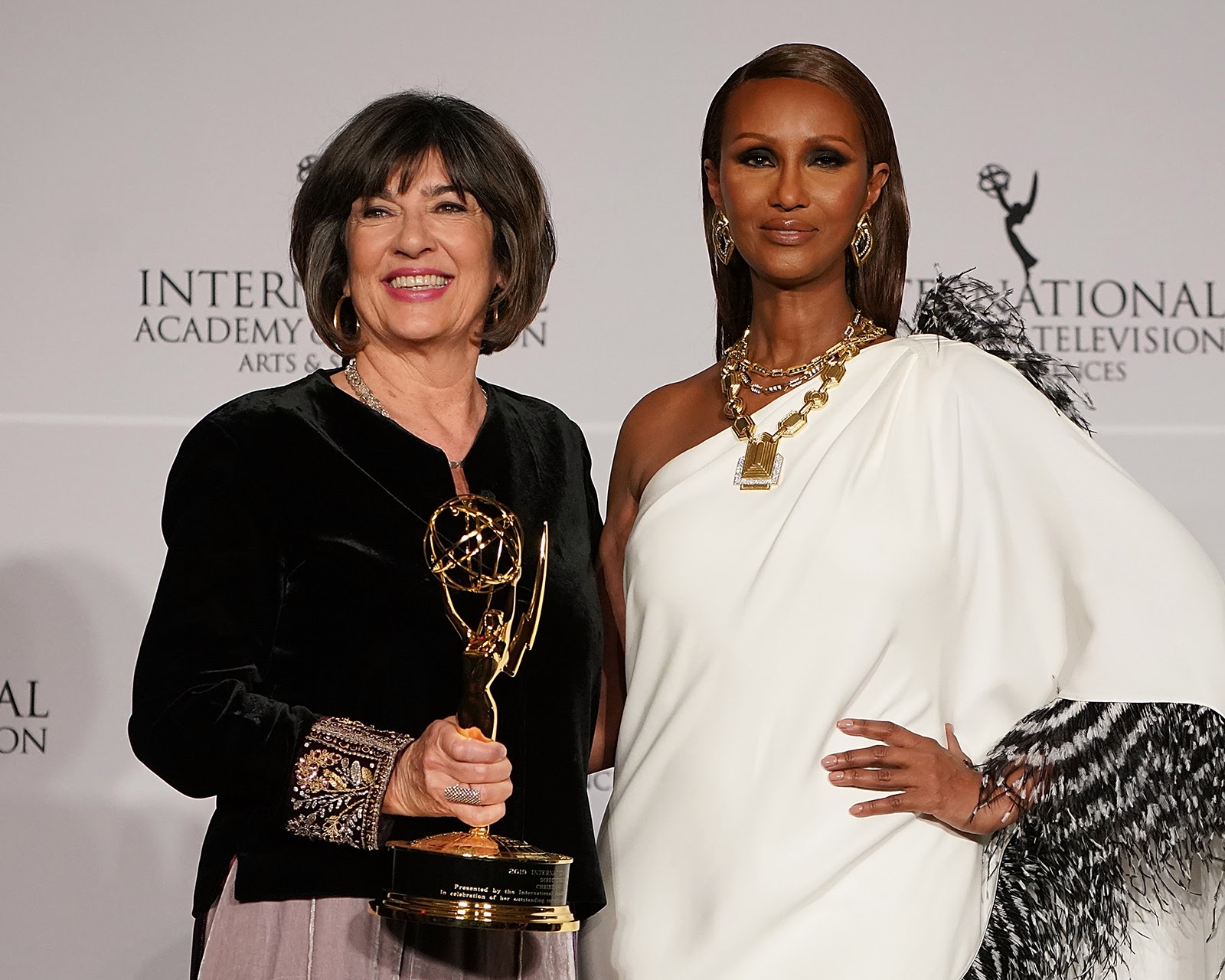
Obviously, the COVID outbreak presented the Academy with a huge challenge—one that even ten years ago would have likely been insurmountable.
“It’s a hefty process,” Nathaniel says. “But it was possible thanks to technology. We just thought it was absolutely wonderful to be able to not just continue our mission, but to be able to deliver an experience that was up to the standards that we represent. We work with high level executives and creatives from the international television industry. And to be able to do this—to have this smooth and flawless experience thanks to the Frame.io platform—meant that we were able to conduct our judging in a way that was not much different than when we did it in person.”
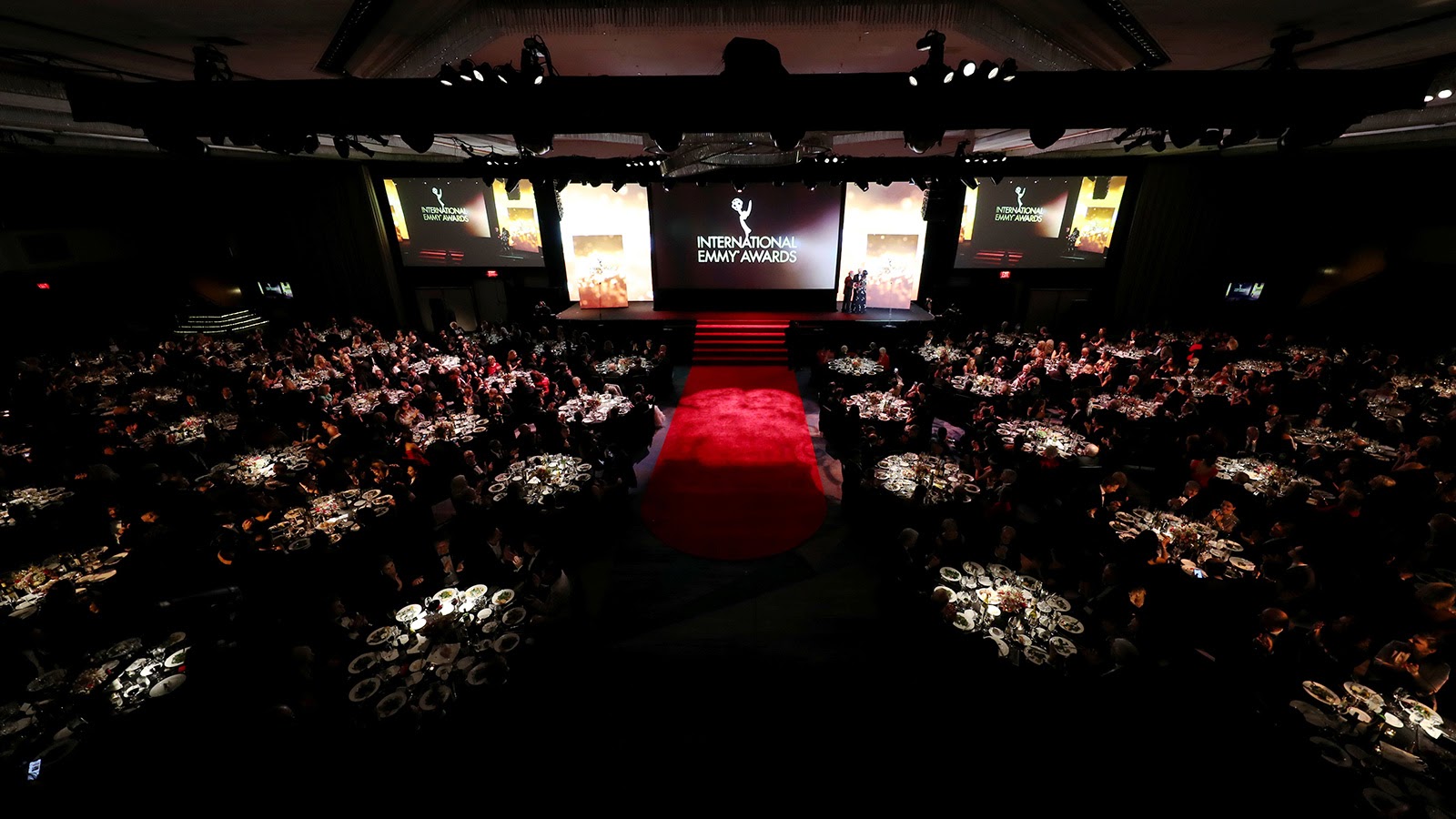
Looking forward
The International Emmys awards will be presented in some form or fashion on November 23, 2020.
Whether it will be an in-person or virtual event (or some combination of the two) depends entirely upon the safety requirements for all concerned. And given the semifinal remote judging proof of concept, the International Academy knows that going forward, nothing is impossible.
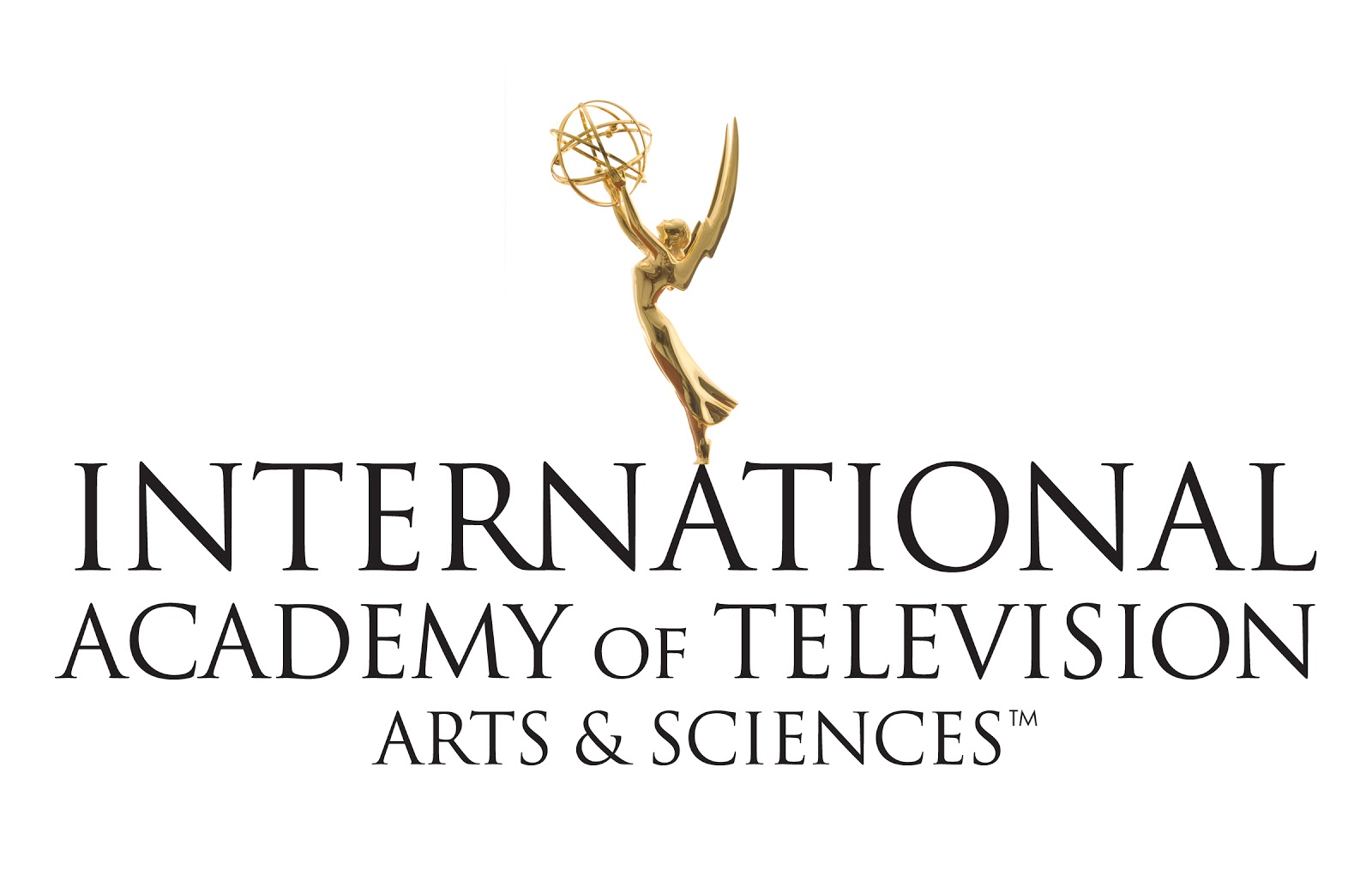
So what did the Academy learn from the experience? “We learned everything,” Nathaniel says. “And now we can confirm that we will always be here to celebrate the excellence of the television producers, broadcasters, and creatives who make the programming. Even in a worldwide pandemic, we were able to bring the best people around the world together and to make sure that we recognize the amazing work they do.”
Whether enabling video creation or helping to bring awareness to the creations themselves, we’re happy that we can enable any part of the process, anywhere. And when shows are being produced in Antarctica, we’ll be part of that, too.

